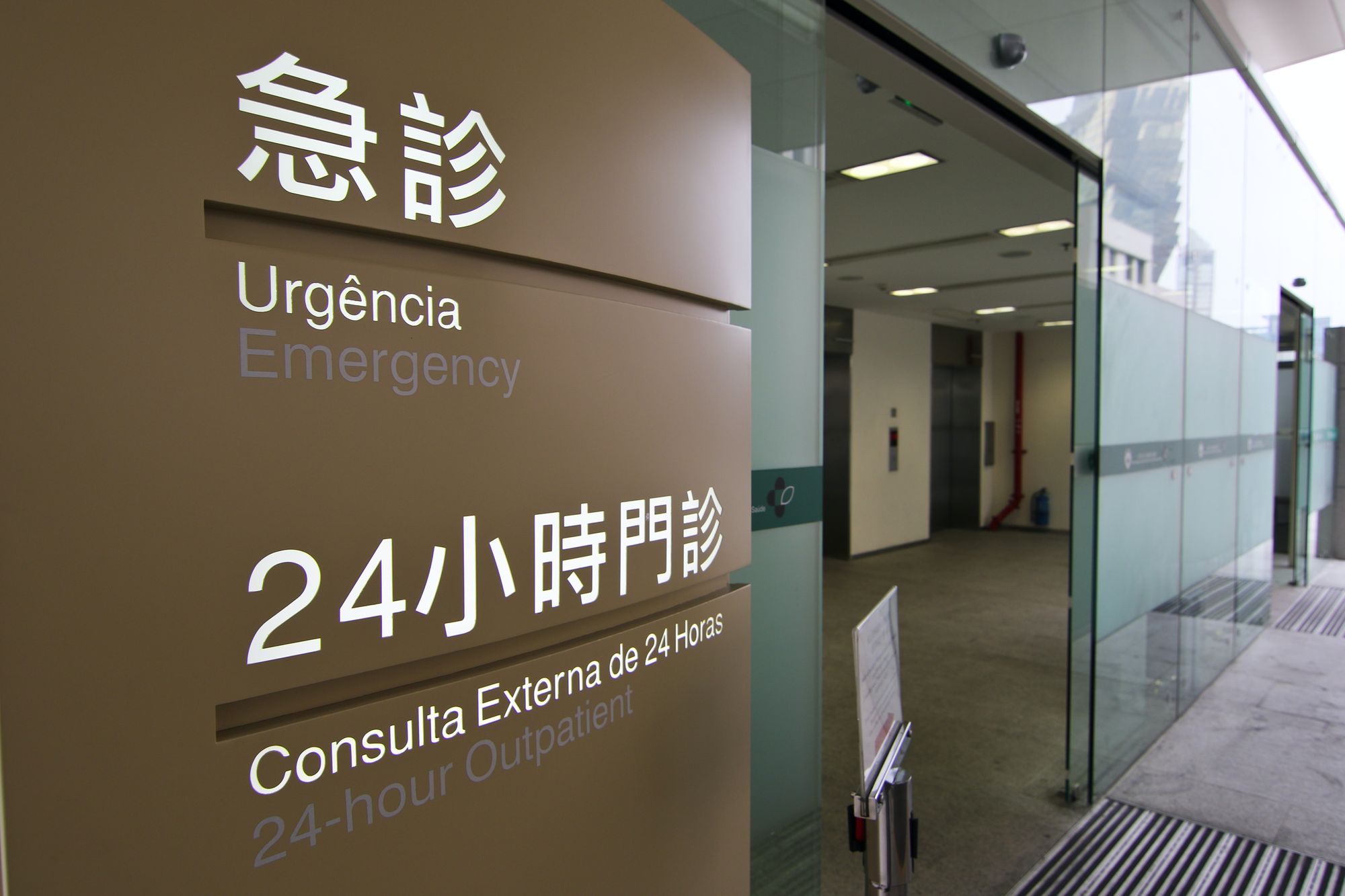Unit 13 - Background & Issues
Services Liberalization More in FTAs than GATS, but Why?

Turning to services trade liberalization again (having touched on it in conjunction with national treatment principles generally), understand that services liberalization is possible under both the WTO-GATS and FTAs. So why beyond the general lack of progress in the Doha Round is the most incremental progress happening in FTAs? Beyond a general review of the General Agreement on Trade in Services (“GATS”) as the 1994 services counterpart to the 1947 General Agreement on Tariffs and Trade (“GATT”), now 1994 GATT/WTO, we shall look at some professional services liberalization under both NAFTA (engineering services) and AEC (medical services).
Medical services are included in part because we saw domestic medical services liberalization before our eyes in the midst of the COVID-19 pandemic via telemedicine initiated originally perhaps to minimize infection danger (so change driven by technological developments addressing specific medical issues). But once (local) medical services move on-screen, why not cheaper and/or better digitally delivered services from further away? We say better, because prior to COVID-19 the visible pressure for liberalization via strategies like telemedicine typically involved under-served rural areas, where medical services may be centered in a struggling rural county hospital (unlike a Charleston, Columbia, or Greenville-Spartanburg which all benefit from having university-affiliated teaching hospitals associated with local medical schools). So services liberalization may improve the level of available services for currently under-served areas (so “better”), meanwhile in already well-served areas they may introduce more competition (so “cheaper”). Bear in mind that medical services here are really just an example for broadly regulated professional services liberalization purposes. The same principles may apply to broader services liberalization, as for broadband and wireless services liberalization pursued for different reasons in the rural and urban settings.
The general legal and economic issues surrounding services are threefold. First, services constitute a much larger portion of the modern economies of developed countries than manufacturing (so an overly close concentration on manufacturing may ignore major economic issues). Second, services are traditionally highly regulated, particularly at the state level in the United States, so that there are considerable issues concerning displacement of local and state government regulation (the potential Supremacy Clause/Commerce Clause effect in US terms). But professional services (law, medicine, engineering, accountancy, etc.) present special issues, because the professions are traditionally self-regulated (often in the modern setting under regulatory authority delegated back from the states to the professions; think about how regulation of the legal profession works, as an example with which all US law students presumably have some familiarity). Third, the economic efficiency case for liberalization of trade in goods has been made fairly consistently since 1947, albeit with perhaps insufficient attention to disparate impacts at the social level. However, the economic case for services liberalization is less obvious, or at least is not often made clearly.
More recently, the economic efficiency case for services is made more commonly in analyzing the manufacturing sector itself as actually reliant on a complex of sophisticated value-added services typically as part of the new “virtual” corporation (like Apple using outside industrial design firms to make its goods more attractive, marketing to position sales, logistics to move the goods, banking to finance their sale, etc.). There are competition-based counter-examples in professional services, however, for example to the extent medical services offered even in other industrialized countries may be of similar quality, but much cheaper than in the US. And at famously 16-18% of US GDP, medical services are hardly a niche market.
Beyond the general case, I would like to look in particular at professional services (medical and engineering) to highlight the kinds of issues encountered generally. Back to thinking about the budding practice of “telemedicine,” which is a generic category of medical services delivered over the wire (via videoconferencing which might look like visiting a specialist doctor’s office, or digital transmission of radiology pictures to be read elsewhere, but also can be linked to your personal digital device transmitting personal data, etc.). (This is the question whether the next great business opportunity tied to your smartphone may be wellness and health services.…) Telemedicine is typically understood domestically as helping with the delivery of specialized medical services 24 x 7 to more thinly populated rural areas and hospitals in a state like South Carolina. But once the services are supplied “over the wire,” the issue of how far away the services come from is chiefly a regulatory compliance issue. If you get medical services over the wire from Atlanta or Los Angeles, why not from Toronto, Bangkok, or Mumbai at one-half to one-third the Atlanta price? Otherwise, take a look at NAFTA Chapter 12 on services liberalization which now basically contemplates an integrated market for engineering services between Canada and the US in areas like civil engineering. The next time you sit in a traffic jam on the interstate at one of those annoying but necessary construction sites, the engineering services overseeing the contractors may now be a Canadian firm, or more likely a US-based firm employing some Canadian-trained engineers who moved south for better pay and weather.